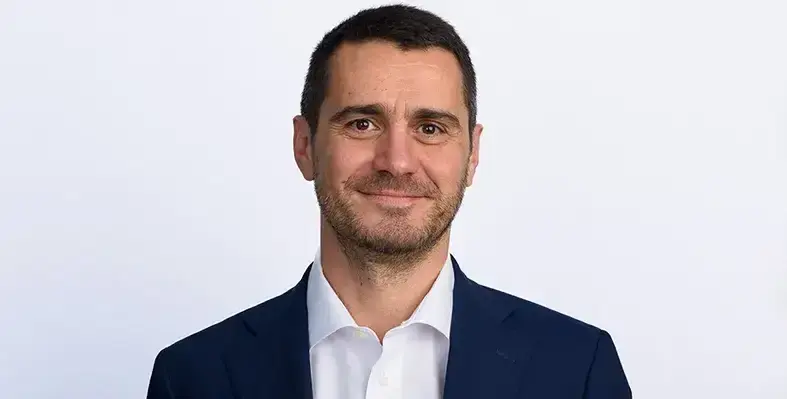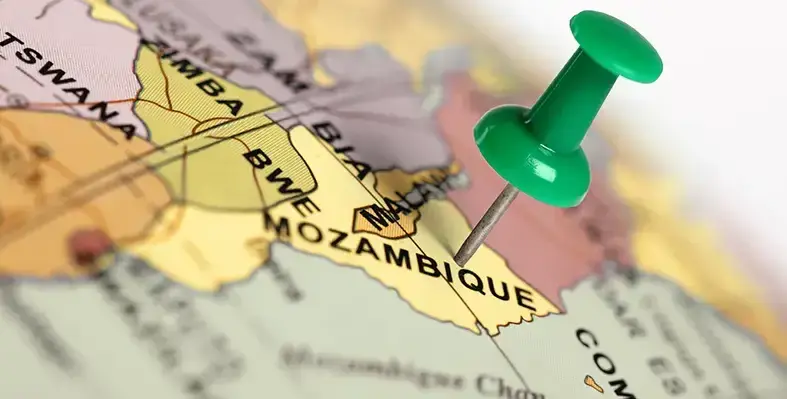The country’s Rural Electrification Agency (REA) is looking to build a network of mini-grids across eight clusters of either unserved or underserved communities spread across seven Nigerian states: Imo, Enugu, Anambra, Plateau, Bauchi, Kaduna and Kebbi.
The grid-enabled systems will then be connected to three regional distribution companies (Discos): Enugu (south east), Jos (north central) and Kaduna (north west).
In total, the mini-grids project hopes to achieve over 26,000 connections across the eight separate clusters.
The largest of these, with 8,500 connections in total, will be Anambra in Enugu in the south east.
According to bid documents, the mini grids are to be based around a mix of solar PV and battery energy storage systems (BESS).
Bids for the project are to be delivered by 30 September 2025.
It is the latest move by REA to get Nigeria better connected, a country that is still plagued by energy shortages nationwide with millions of people historically without any access to electricity.
In 2020, only 55% of Nigerian households had access to electricity, according to the US Energy Information Administration (EIA).
Urban areas have a significantly higher electrification rate, around 84%, compared to rural areas at just 25%.
REA recently signed a partnership agreement with the United Nations Development Programme (UNDP) to work together to accelerate the country’s clean energy transition.
“Our goal is to position Nigeria as a renewable energy hub, reduce governance costs and catalyse innovation, research and development,” said Abba Aliyu, REA’s chief executive, cited by This Day newspaper during the signing ceremony in Abuja.
“The REA-UNDP partnership pillars are specifically targeted at advancing ongoing efforts in the clean energy space in Nigeria, catalysing opportunities across critical ecosystems and unlocking the full potentials in innovation, R&D, local expertise and sustainable investment.”










